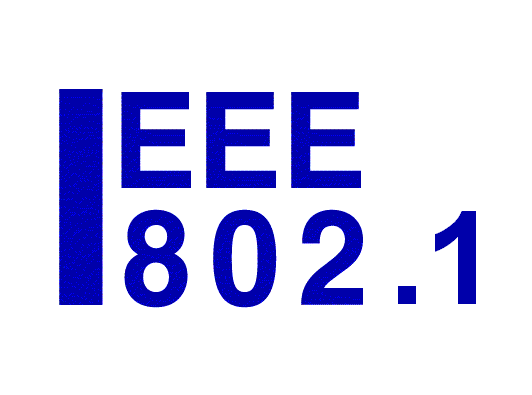802.1AX-2014/Cor 1-2017 – Link Aggregation—Corrigendum 1: Technical and editorial corrections
Full title: IEEE Standard for Local and metropolitan area networks–Link Aggregation—Corrigendum 1: Technical and editorial corrections
Link Aggregation provides protocols, procedures, and managed objects that allow the following: One or more parallel instances of full-duplex point-to-point links to be aggregated together to form a Link Aggregation Group (LAG), such that a MAC Client can treat the LAG as if it were a single link.; A resilient interconnect using multiple full-duplex point-to-point links among one to three nodes in a network and one to three nodes in another, separately administered, network, along with a means to ensure that frames belonging to any given service will use the same physical path in both directions between the two networks. This standard defines the MAC-independent Link Aggregation capability and general information relevant to specific MAC types that support Link Aggregation. The capabilities defined are compatible with previous versions of this standard.
This corrigendum to IEEE Std 802.1AX-2014 corrects minor errors, bugs, ambiguities, omissions and inconsistencies that have been identified by the 802.1 maintenance activity. It does not contain new material.
Link Aggregation allows the establishment of full-duplex point-to-point links that have a higher aggregate bandwidth than the individual links that form the aggregation, and the use of multiple systems at each end of the aggregation. This allows improved utilization of available links in bridged local area network (LAN) environments, along with improved resilience in the face of failure of individual links or systems. In applications connecting separately administered networks, the networks are isolated from each other’s fault recovery events.
Current Status
| Standard | Available free from the IEEE Get Program. |
| Status | Approved 14 February 2017, Published 28 March 2017. Revision 802.1AX-Rev in progress |
| Editor | János Farkas |
